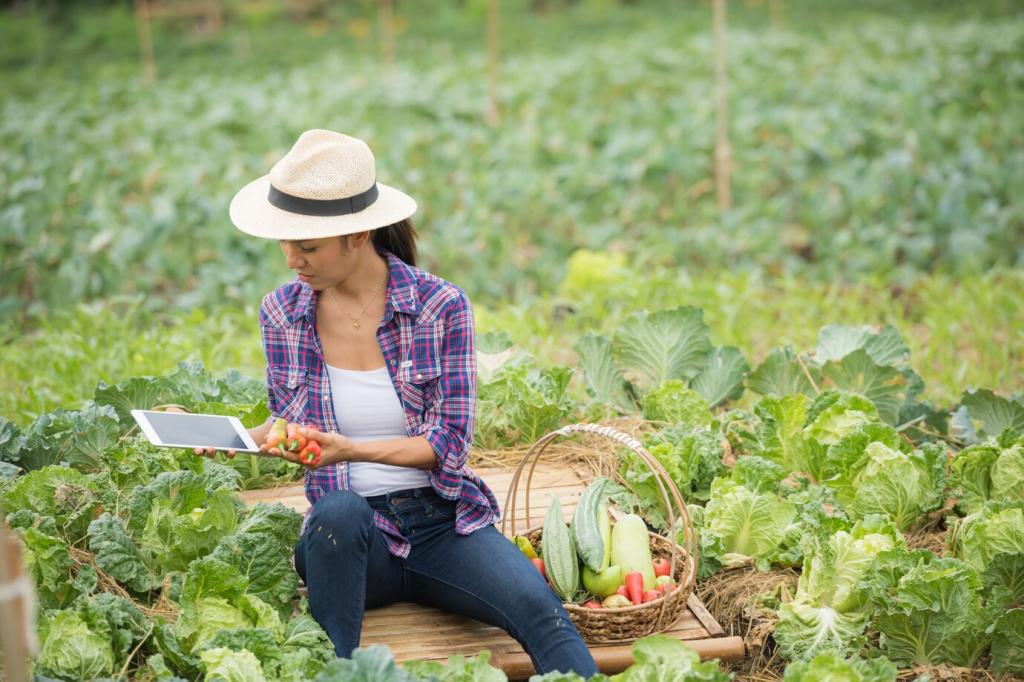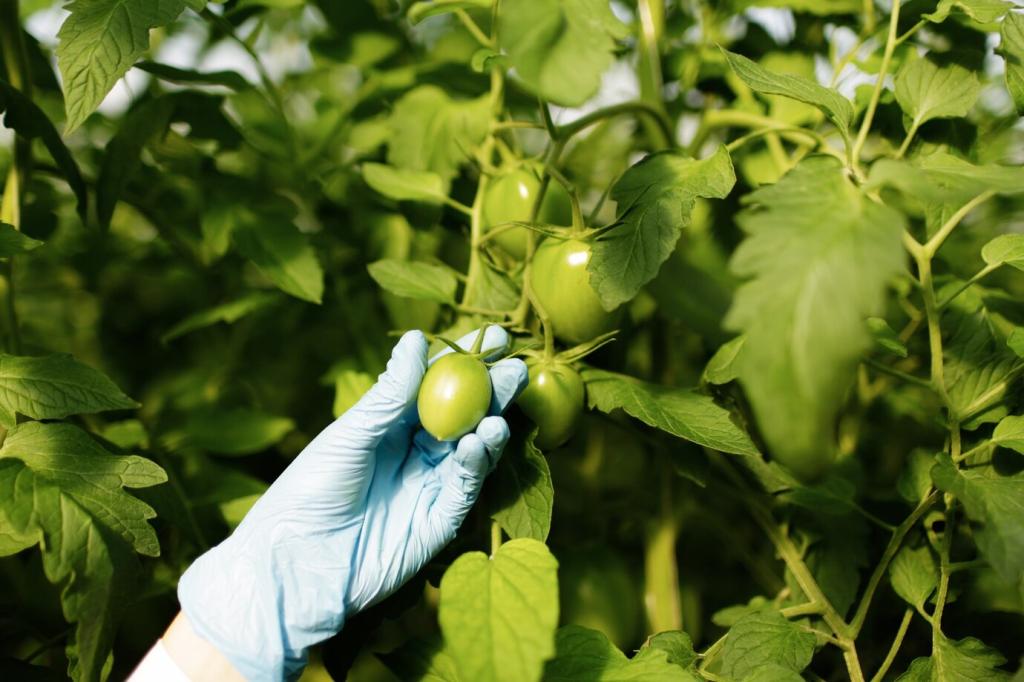Smart Cities and the Role of Urban Agriculture
In a rapidly urbanizing world, smart cities are emerging as innovative solutions to improve the quality of urban life through technology, sustainability, and community engagement. Among the many components that define a smart city, urban agriculture stands out as a crucial element. Integrating agriculture within urban environments not only addresses food security but also enhances environmental quality, social connections, and economic resilience. This page explores the dynamic relationship between smart city development and urban farming, detailing how forward-thinking cities are reimagining food systems to create healthier, greener, and more connected urban landscapes.
Urban Agriculture: Defining a Green Pillar of Smart Cities
Integrating Food Production into Urban Landscapes
Food production has long been relegated to rural areas, but smart cities are redefining this paradigm by weaving agricultural practices into urban fabrics. Rooftop gardens, vertical farms, and community plots are now becoming regular features of modern cities, enabling localized food production that reduces transportation emissions and ensures freshness. These innovative methods not only make efficient use of available space but also contribute to energy conservation and the reduction of urban heat. Ultimately, integrating agriculture into cityscapes paves the way for more self-sufficient and environmentally conscientious urban environments, aligning with the core objectives of smart cities.
Advancing Sustainability through Urban Farming
Sustainability is a central pillar of smart city planning, and urban agriculture directly addresses this goal by minimizing the environmental impact of food systems. By growing food locally, cities can reduce reliance on long-distance supply chains, cutting down carbon emissions from transportation and packaging. Moreover, the use of organic methods and resource-efficient technologies like hydroponics demonstrates how urban farming can support circular economies. In this context, smart cities leverage urban agriculture as a practical step toward achieving ambitious sustainability targets without compromising food quality or availability.
Building Stronger Communities with Shared Spaces
Urban agriculture transcends mere food production; it fosters stronger communities and social ties within cities. Community gardens, school farms, and collective planting initiatives provide platforms for residents to collaborate, share knowledge, and develop a sense of ownership over their environment. These shared green spaces often become educational hubs, promoting healthy eating habits and environmental awareness among diverse populations. As part of the smart city vision, urban agriculture unites citizens around common goals—cultivating both crops and connections within complex urban ecosystems.
Previous
Next

Cities are often characterized by concrete and limited greenery, but urban agriculture offers a transformative solution by increasing green spaces and supporting local biodiversity. Gardens, green roofs, and urban farms become habitats for pollinators, birds, and beneficial insects, contributing to healthier ecosystems. These green spaces also provide important microclimates, lowering ambient temperatures and mitigating the urban heat island effect. By prioritizing urban agriculture, cities can reclaim natural habitats, beautify neighborhoods, and create pockets of resilience against environmental stressors.

Urban agriculture is a powerful tool for improving air quality and combating climate change. Plants grown on rooftops and in community gardens absorb carbon dioxide and other pollutants, contributing to cleaner city air. Additionally, these green interventions help cool buildings and reduce energy consumption, further decreasing greenhouse gas emissions. Through the strategic placement of urban farms and outdoor gardens, smart cities can enhance their natural air filtration systems, making urban environments healthier and more pleasant for all inhabitants.

Access to fresh, nutritious food is a fundamental component of social equity, and urban agriculture helps bridge gaps by making high-quality produce accessible to underserved communities. Community gardens and subsidized urban farms often focus on low-income areas, ensuring residents have affordable choices outside of traditional food deserts. Beyond mere access, these initiatives empower individuals with skills and knowledge to grow their own food, fostering self-reliance and dignity. By embedding food justice into smart city strategies, urban agriculture becomes an instrument of inclusivity and social transformation.
